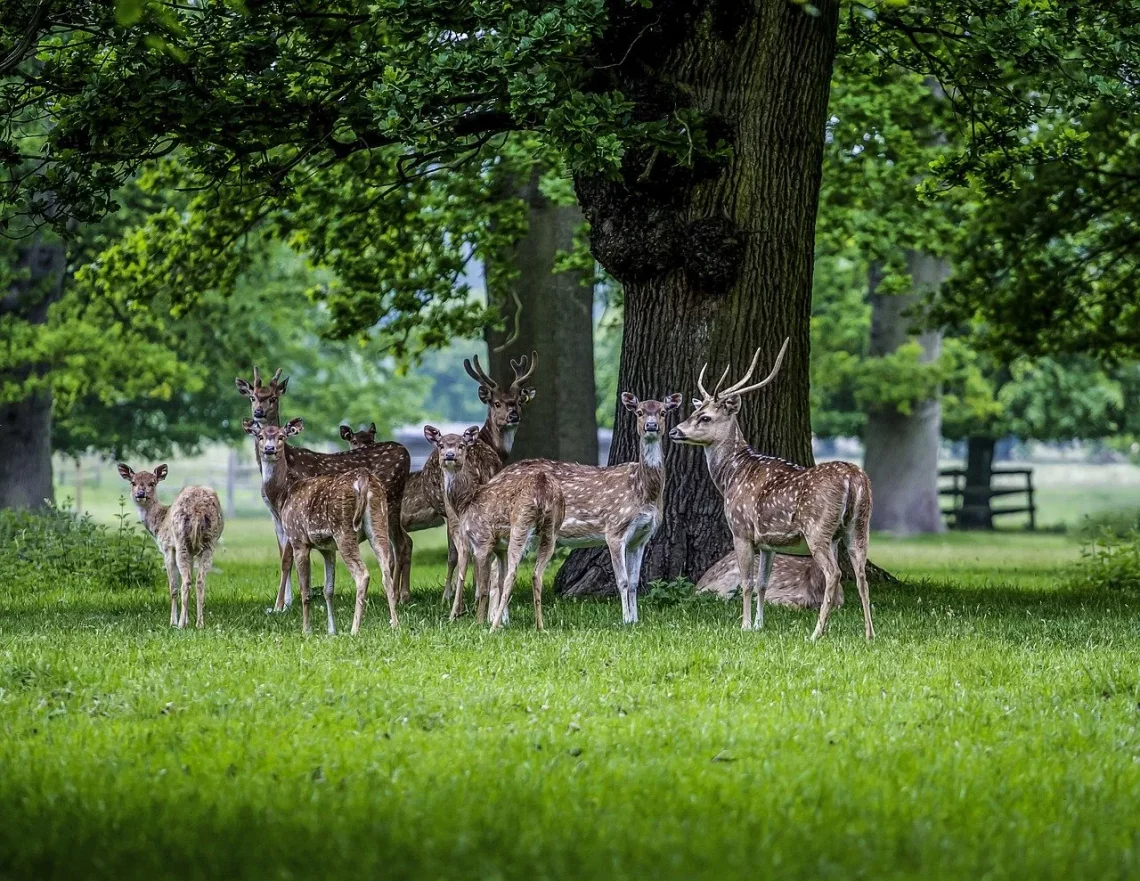
Do Deer Eat Walnuts? Exploring Their Dietary Preferences
Deer are one of the most fascinating creatures in the animal kingdom, often associated with serene landscapes and natural beauty. These graceful herbivores roam the forests, meadows, and even suburban areas, captivating the hearts of many who encounter them. Their diet is diverse and varies significantly based on their habitat, season, and available food sources. While deer are commonly known to munch on grasses, leaves, and fruits, there is a growing curiosity about their consumption of nuts, specifically walnuts.
Walnuts, known for their rich nutritional profile, are a popular snack for humans, often lauded for their health benefits. But how do these nuts fit into the diet of deer? Understanding the dietary preferences of deer can provide insights into their behavior, health, and the ecological role they play. As we delve deeper into the world of deer and their eating habits, we can uncover the various factors that influence their food choices and the implications for their survival in the wild.
Understanding the Deer Diet
Deer are primarily herbivorous animals, meaning their diet consists mostly of plant material. However, the specific composition of their diet can vary widely depending on the species of deer and their geographical location. In general, deer are known to consume a variety of vegetation, including leaves, twigs, fruits, nuts, and even some agricultural crops. This opportunistic feeding behavior allows them to adapt to different environments and seasonal changes.
During the spring and summer months, deer tend to favor tender green shoots, leafy plants, and fruits. These food sources provide the necessary nutrients and energy required for growth and reproduction. As autumn approaches, deer shift their focus towards acorns, chestnuts, and other nuts, which are abundant during this time. This transition is crucial for building up fat reserves before the winter season, when food becomes scarce.
While deer have a preference for certain types of food, they are not picky eaters. They will consume whatever is readily available to them. This adaptability is vital for their survival in the wild, where competition for food can be fierce. Understanding these dietary habits can shed light on whether deer would be inclined to eat walnuts if they encounter them in their environment.
Do Deer Actually Eat Walnuts?
The question of whether deer eat walnuts is particularly interesting, given the distinct characteristics of these nuts. Walnuts are rich in fats, proteins, and essential nutrients, making them a highly beneficial food source. However, their hard shells can pose a challenge for many animals, including deer. Unlike softer fruits and tender greens, walnuts require considerable effort to crack open.
While there is limited scientific research specifically addressing the consumption of walnuts by deer, anecdotal evidence suggests that they may indeed eat them, albeit infrequently. Deer are known to be curious creatures, and if walnuts are available in their habitat, they may try to consume them. The palatability of walnuts could also depend on the availability of other food sources. If more preferred options are scarce, deer may turn to walnuts as a supplementary food source.
In addition, the nutritional composition of walnuts could play a role in attracting deer. The high-fat content could be appealing, especially during the colder months when deer need to build up fat reserves. However, the hard shell may deter some deer from attempting to eat them, leading to a preference for softer, more accessible food sources.
It’s also important to note that the dietary habits of deer can vary significantly by region. In areas where walnuts are abundant, deer may be more likely to consume them compared to regions where they are not readily available. Observations in different habitats can provide further insights into the extent of walnut consumption among deer populations.
Implications of Walnut Consumption on Deer Health
The inclusion of walnuts in a deer’s diet raises questions about the potential health implications for these animals. Walnuts are known for their high levels of omega-3 fatty acids, antioxidants, and other beneficial nutrients, which could theoretically contribute positively to a deer’s health if consumed in moderation.
However, the consumption of walnuts and similar nuts may also present risks. The high-fat content, while beneficial in certain contexts, could lead to health issues if deer consume them in excess. Overconsumption of fatty foods can result in digestive problems and may affect the overall health of deer, particularly if they are not accustomed to such diets.
Moreover, the hard shell of walnuts can pose a risk of dental damage or injury as deer attempt to crack them open. This physical challenge may deter some deer from including walnuts in their diet, particularly if they are already dealing with other environmental stressors.
Additionally, the presence of walnuts in a deer’s diet could also impact their foraging behavior. If deer find themselves relying heavily on walnuts, it may affect their ability to seek out other necessary nutrients found in a more varied diet. This could have long-term implications for their health, reproductive success, and overall population dynamics.
As with any wild animal, a balanced diet is crucial for maintaining optimal health. While walnuts could be a beneficial food source under certain circumstances, it is essential for deer to have access to a wide range of nutritional options to thrive in their natural habitats.
Conclusion: The Role of Walnuts in the Ecosystem
In conclusion, while there is no definitive answer to whether deer commonly eat walnuts, it is clear that their dietary preferences are complex and influenced by various factors. As opportunistic feeders, deer will consume available food sources based on their accessibility and nutritional value. Walnuts, with their rich nutrient profile, may attract deer in certain situations, but their hard shells can limit their consumption.
Understanding the dietary habits of deer is essential for wildlife management and conservation efforts. It highlights the importance of maintaining diverse habitats that provide a range of food sources, ensuring that deer populations remain healthy and sustainable. Additionally, the interaction between deer and the plants they consume, including walnuts, plays a significant role in shaping ecosystems.
As nature enthusiasts and wildlife observers, being aware of these dynamics allows us to appreciate the complexities of the natural world. Whether deer are nibbling on tender greens or occasionally cracking open a walnut, their foraging behavior is a testament to their adaptability and resilience in the wild.
Remember, this article is not intended as medical advice. If you have health concerns or questions, please consult a qualified healthcare professional.




